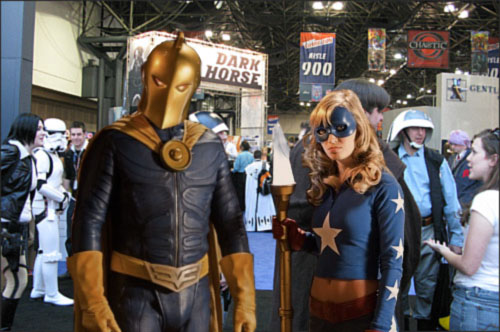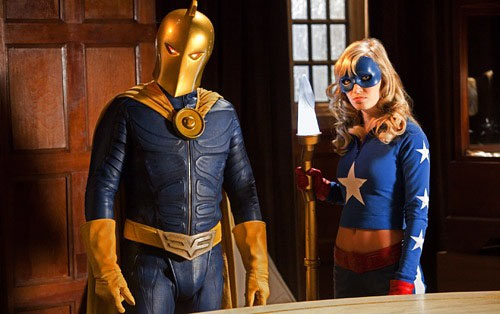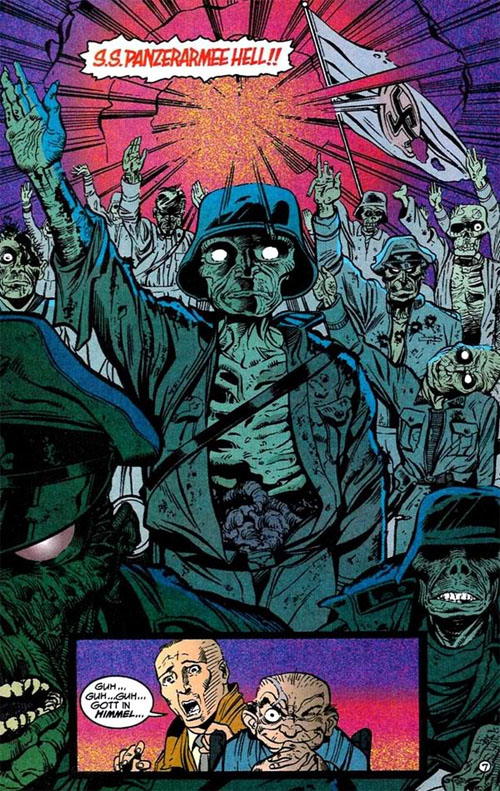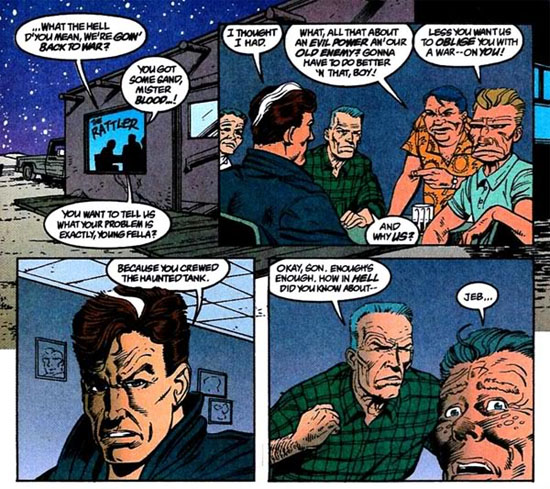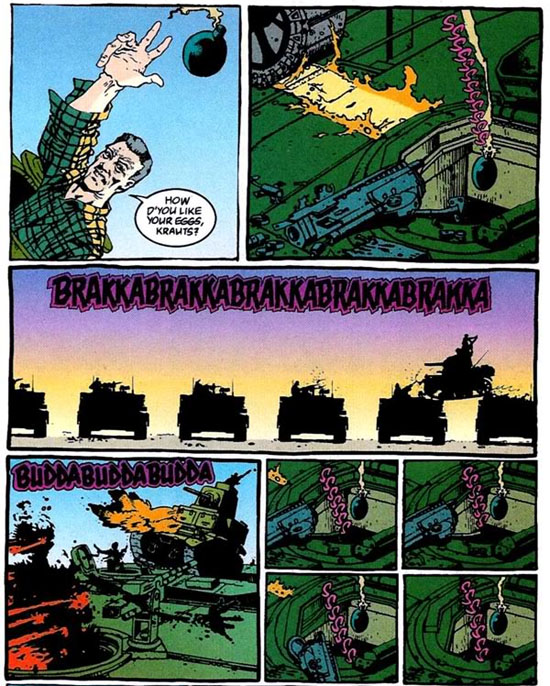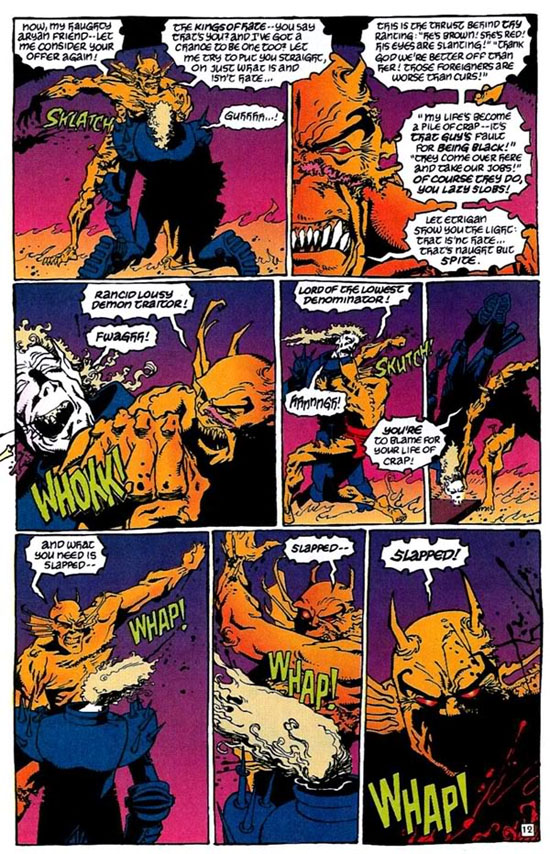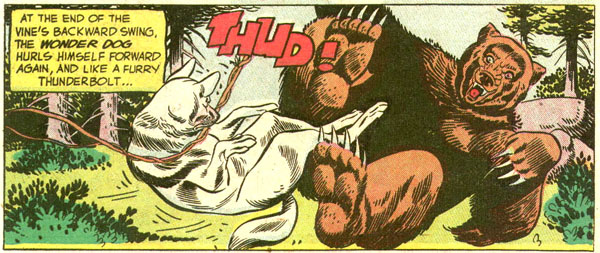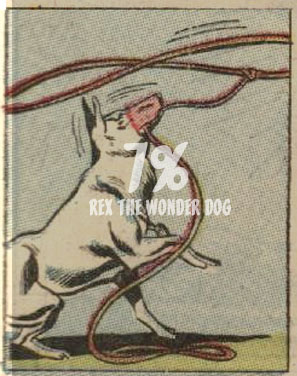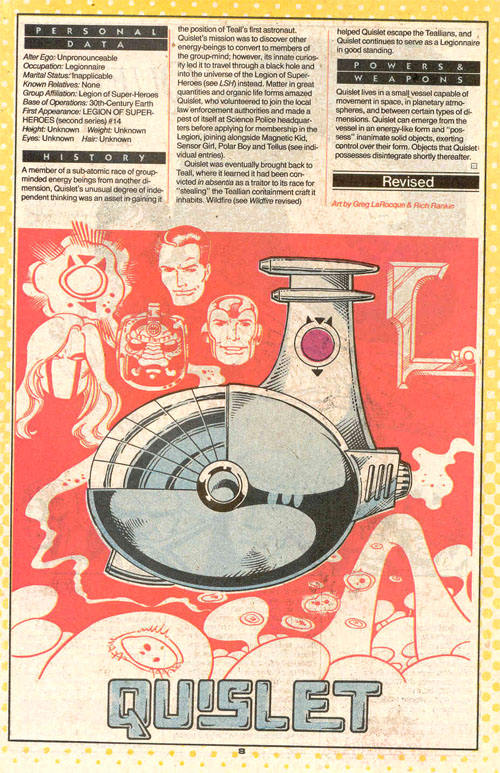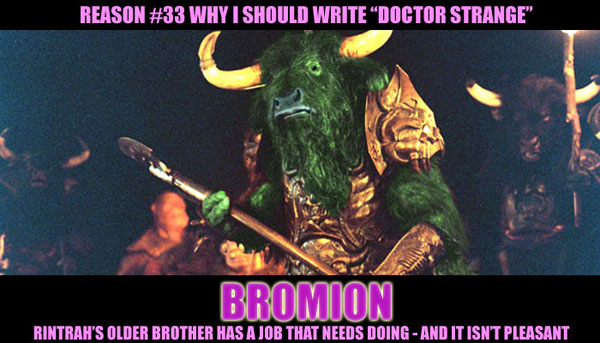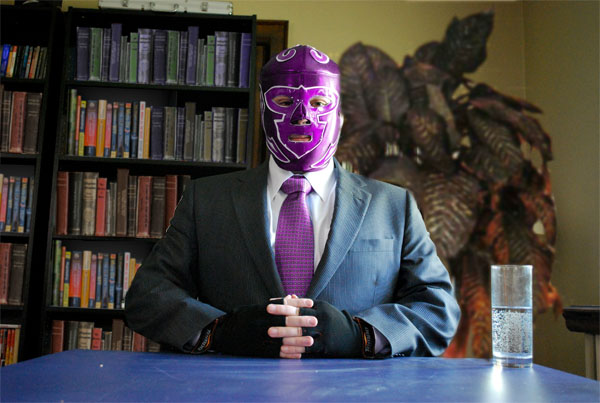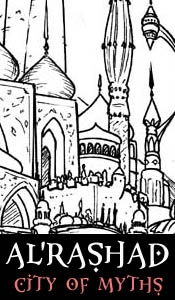So here’s my deep, dark, horrible secret: Despite posing as someone who’s extremely conversant with the history of superhero comics, I had never read the Chris Claremont/John Byrne Dark Phoenix Saga before this week. I had just never really been able to track down a TPB or reprints before.
Understand, between summaries and secondhand sources, I knew all about the storyline, down to specific panels I’d seen reproduced dozens and dozens of times elsewhere; it’s rather like how not every NFL fan might have actually sat down and watched the Ice Bowl, but you might know some of the big plays and significant stats, or at least that it is considered to be An Important Game.
Well, this week I sat down and watched the Ice Bowl of superhero comics, and I thought I’d write a little something about it. You don’t need me to review it or tell you that it’s good, because you already know, or you’ve already heard. But I thought I might venture an opinion about why it’s so good. I think it’s something that’s sorely missed in today’s superhero comics, and that is collaboration.
Because the Dark Phoenix Saga as we know it today, as a landmark in superhero storytelling, was really a happy accident. The original plan was that as a result of Mastermind’s interference, Jean would turn into the Dark Phoenix, a villainous threat to both the X-Men and the universe. Before she could do any major damage, the Shi’ar would then “psychically lobotomize” Jean so that she was no longer a threat, but the Dark Phoenix persona could come back every couple years as a big-time villain in the same way that Magneto or Doctor Doom were being used at the time. You get some drama, a small-to-medium-sized shakeup to the status quo, and seeds for future storylines; a very serviceable, if not exceptional, superhero story.
But then Byrne decided to up the ante and give Dark Phoenix some more villain cred by having her kill five billion inhabitants of an alien world when the star she consumes destroys their planet, and Claremont went along with it and scripted a still-quite-haunting haunting description of the alien civilization’s final moments. This ended up working even better than Byrne had expected, because Jean was now such a horrible villain that Editor-in-Chief Jim Shooter demanded at the last minute that she die, because after ending five billion lives, the old “Oh, thank heavens I’ve been cured of my evil side and can’t be held accountable for my actions” bit was not going to cut it. Thus forcing Claremont and Byrne to scrap their original, “safe” ending and kill Jean off, thus producing some of the most particularly poignant melodrama superhero that the genre had ever seen.
Of course, you probably have heard this story already, but I bring it up to make my next point: This would probably have never happened in today’s comics industry.
The Dark Phoenix story that finally saw print was very much a collaboration between writer, artist, and editorial. Claremont on his own would have written a fairly standard superhero story, but Byrne took the initiative to add some risk, and they both were forced to move outside their safe plan by editorial interference.
But I don’t see that degree of collaboration in today’s superhero comics. I don’t believe many comics are done according to the old “Marvel Method” anymore, instead relying on a full script from a writer. But working from a full script, Byrne wouldn’t have the freedom to have Dark Phoenix wipe out an inhabited planet. Similarly, I wouldn’t imagine too many editors would do what Shooter did in stepping in like that so late in the game. If editors are not outright acting as showrunners and telling writers what to do themselves, they seem to be fairly hands-off. Brian Michael Bendis and Geoff Johns, for example, seem to get very free reign; there doesn’t appear to be very much that’s been made off-limits to them. And anyway, these things are planned at big editorial/writer summits years in advance, so everyone’s on the same page from the beginning.
I have no doubt that these sprawling five-year plans lead to fewer headaches and better planning, but aren’t we sacrificing spontaneity? I think one way to get that back would be to stop taking such an auteur approach to superhero comics and spur collaboration by getting the artists to contribute more to the storytelling side of things.
It’s true that Claremont and Byrne disagreed on a lot of points during their collaboration, but each brought out something in the other that wouldn’t be present otherwise. Byrne the traditionalist seemed to be able to rein in some of the self-indulgent excesses that Claremont would become infamous for in later years; at the same time, Claremont the trailblazer was less interested in the comfortable status quo than Byrne and shook things up more than the artist might have on his own. Oppositional collaboration can be extremely fruitful; the Lennon/McCartney songwriting team was so effective precisely because they had two very different approaches.
What I am suggesting is that it’s possible that the popular writers are becoming too comfortable with the amount of creative control they exert in the industry today. If Geoff Johns, for example, was paired with an artist who was less inclined to go for the gore, or more interested in new characters than the Silver Age originals, the resulting synthesis might result in more interesting comics. Similarly, if Bendis was working with an artist who was given to designing elaborate action setpieces instead of talking heads, perhaps it would force him to move outside his comfort zone and grow as a superhero writer. Of course, the results could very well be terrible, but they might also be very innovative and bold. What if…? Right?
The Dark Phoenix Saga is one of the most influential stories in the history of the superhero genre. But perhaps the lesson to be learned from it shouldn’t have been “Killing off a longtime character makes for good drama,” but rather, “Sometimes Plan B turns out to be the better plan after all.”
